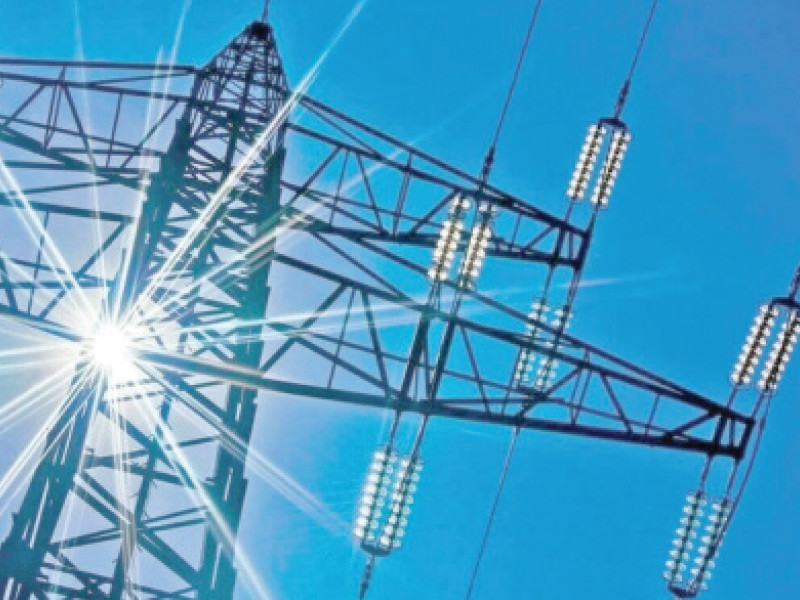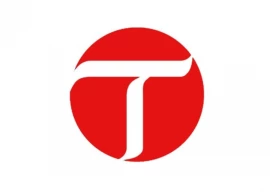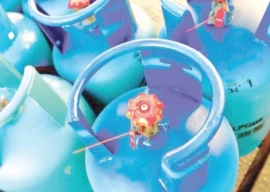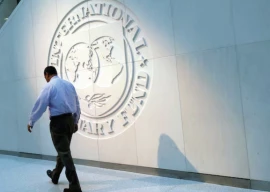
A study of Pakistan’s power tariff for end-consumers reveals that domestic households and businesses are being unexpectedly charged hidden costs, including US inflation and interest on circular debt. These factors significantly raise the power price for end-users to unaffordable levels, necessitating the government to renegotiate power purchase agreements (PPA) with the power plant operators soon.
Many independent power producers (IPPs) still charge monthly bills for their electricity sales in US dollar denominations from the government under the US dollar indexation of their productions and sales, leaving no room for additionally charging US inflation from Pakistani consumers. The US indexation protects IPPs from the impacts of rupee depreciation against the greenback and local inflation. Interestingly, local power consumers are also being charged for increases in local (consumer price index/CPI) inflation readings.
Speaking at a seminar titled “Understanding Tariff Setting Process, and Tariff Components,” Dr Khalid Waleed, an energy expert at the Sustainable Development Policy Institute (SDPI), stated that many IPPs have linked their capacity charges with the US economy. The US inflation is being charged under the head of capacity payments. “Electricity becomes costlier in Pakistan as and when the US inflation reading goes up,” he said.
The latest proposed hike in the power tariff has skyrocketed the end-consumer tariff beyond affordability, leading to protests and sit-ins in different parts of the country, demanding the government withdraw the surge. The government has withdrawn the proposed hike for protected consumers and cut industrialists’ tariffs by Rs6-7/unit to make them competitive at local and international levels. Yet, the household tariff is proposed to increase in the range of 12-30%.
Further speaking at the seminar organised by the Centre for Economic and Energy Journalists (CEEF) in collaboration with SDPI on Tuesday, Waleed said the capacity payment of an imported coal-fired power plant surged 216% in five years to Rs10.34/unit in 2024 from Rs3.27/unit at the time of the plant’s inauguration in Punjab in 2019. Capacity payments on many other IPP plants stand higher than this one.
He said the share of capacity payments in the overall tariff has ballooned to 70% due to US dollar indexation of the plants and other charges, including interest payment on circular debt. He explained that the government has borrowed to settle the circular debt through the Power Holding Company. Therefore, the interest cost being paid on the borrowing is charged to end-consumers.
He said the share of the fuel component in the overall energy tariff stands at around 20%, while the remaining 10% is charged for various taxes. The power tariff charged from local consumers is ‘regressive’ in nature, meaning the power tariff for smaller consumers is more expensive and comparatively less expensive for consumers utilising higher amounts of power units every month.
He said many components in the power tariffs are linked with the global economy and have nothing to do with the local economy, spiking the tariff beyond affordability. He insisted that the government should renegotiate the tariff with IPPs, like a previous government did to end US dollar indexation of some of the plants, as many purchasing power agreements end in 2050-2055.
Ahad Nazir, another energy expert at SDPI, said that the capacity charges are fast increasing due to the consistent drop in power consumption from the national grid, as individual consumers are reducing their dependence on the expensive grid by installing solar panels on rooftops.
Besides, the private sector and government have continued to invest in power plants and paid almost no heed to poor transmission lines. Accordingly, the installed power generation capacity has surged to 43,000 MW, while transmission capacity remained stagnant at 23,000 MW nationwide. This has created almost 20,000 MW excess generation capacity, causing rising capacity payments in the tariff.
He said the government is working to transform the uniform end-consumer tariff to competitive tariffs at the distribution companies’ level. However, the decentralisation of the uniform power tariff is not seen as possible in the next five to six years.



















COMMENTS
Comments are moderated and generally will be posted if they are on-topic and not abusive.
For more information, please see our Comments FAQ